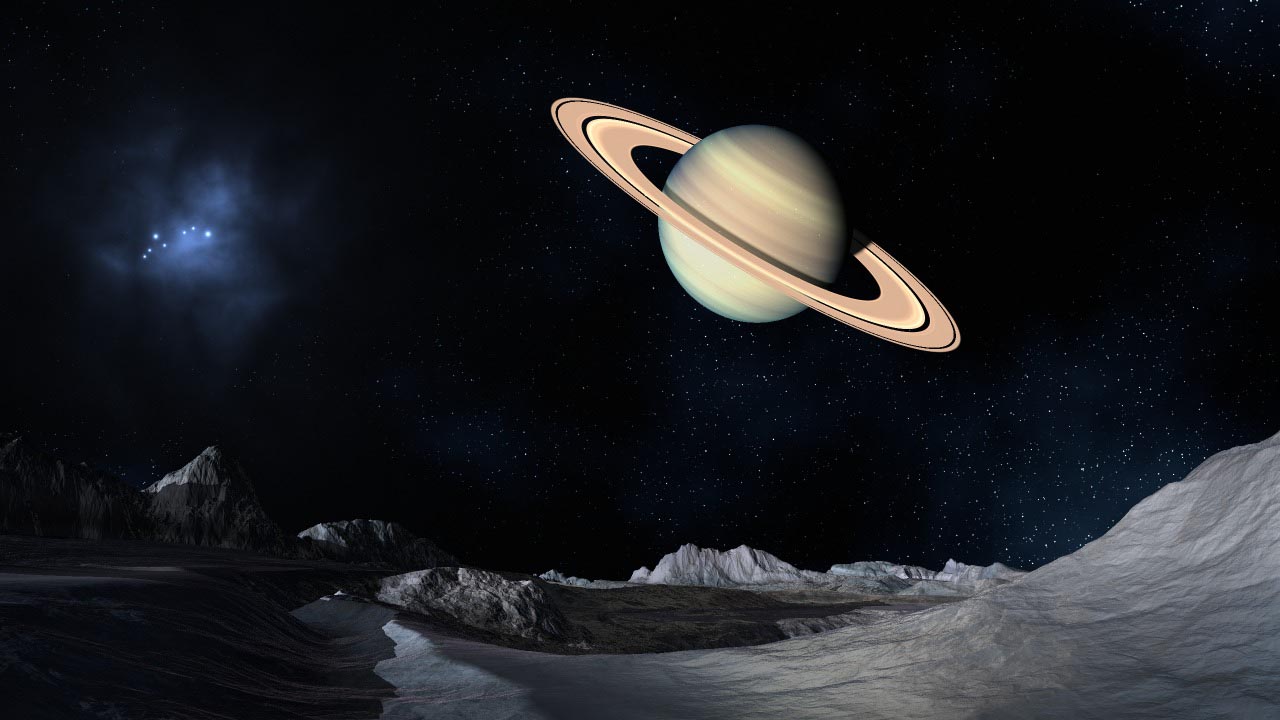





| Observation
data Constellation : Grus Right ascension : 21h 33m 33.9750s Declination : ?49° 00' 32.4035” Apparent magnitude (V) : 8.66 Characteristics : Evolutionary stage main-sequence star Spectral type : M2V Astrometry Radial velocity (Rv) :18.0 km/s Proper motion : RA: 45.834±0.071 mas/yr Dec.: 816.604±0.064 mas/yr Parallax : 201.4073 ± 0.0429 mas Distance : 16.194 ± 0.003 light years (4.965 ± 0.001 parsec) Absolute magnitude (MV) : 10.19 Details Mass : 0.45 ± 0.05[M? Radius : 0.48[4] R Luminosity (bolometric) : 0.035 L Luminosity (visual, LV) : 0.007 L? Surface gravity (log g) : 4.7 cgs Temperature : 3,620 K Metallicity [Fe/H] : 0.06±0.04 dex Rotation : 45.7±9.3 d Age : 9.24 Gyr Gliese
832 (Gl 832 or GJ 832) is a red dwarf of spectral type M2V in the
southern constellation Grus. The apparent visual magnitude of 8.66
means that it is too faint to be seen with the naked eye. It is located
relatively close to the Sun, at a distance of 16.2 light years and has
a high proper motion of 818.93 milliarcseconds per year.
Gliese 832 has just under half the mass and radius of the Sun. Its
estimated rotation period is a relatively leisurely 46 days.
The star is roughly 9.5 billion years old.
This star achieved perihelion some 52,920 years ago when it came within an estimated 15.71 ly (4.817 pc) of the Sun. Gliese 832 emits X-rays. Despite the strong flare activity, Gliese 832 is producing on average less ionizing radiation than the Sun. Only at extremely short radiation wavelengths (<50nm) does its radiation intensity rise above the level of quiet Sun, but does not reach levels typical for active Sun. Planetary system Gliese 832 hosts two known planets. The Gliese 832 planetary system (in order from star) Mass Semimajor axis (AU) Orbital period (days) Eccentricity Gliese832c 5.4±1 Me 0.162±0-017 35.68±0.03 0.18 ± 0.13 Gliese832b 0.62 Mj 3.46 3507±181 0.08±0.05 In
September 2008, it was announced that a Jupiter-like planet, now
designated as Gliese 832 b, had been detected in a long-period,
near-circular orbit around this star (false alarm probability thus far:
a negligible 0.05%). It would induce an astrometric perturbation on its
star of at least 0.95 milliarcseconds and is thus a good candidate for
being detected by astrometric observations. Despite its relatively
large angular distance, direct imaging is problematic due to the
star–planet contrast. The orbital solution of the planet was
refined in 2011. In
2014, a second
planet Gliese 832 c was discovered by astronomers at the University of
New South Wales. This one is believed to be of super-Earth mass and has
since been given the scientific name Gliese 832 c. It was announced to
orbit in the optimistic habitable zone but outside the conservative
habitable zone of its parent star. The planet Gliese 832 c is believed
to be in, or very close to, the right distance from its sun to allow
liquid water to exist on its surface.
The region between Gliese 832 b and Gliese 832 c is a zone where additional planets are possible. |



